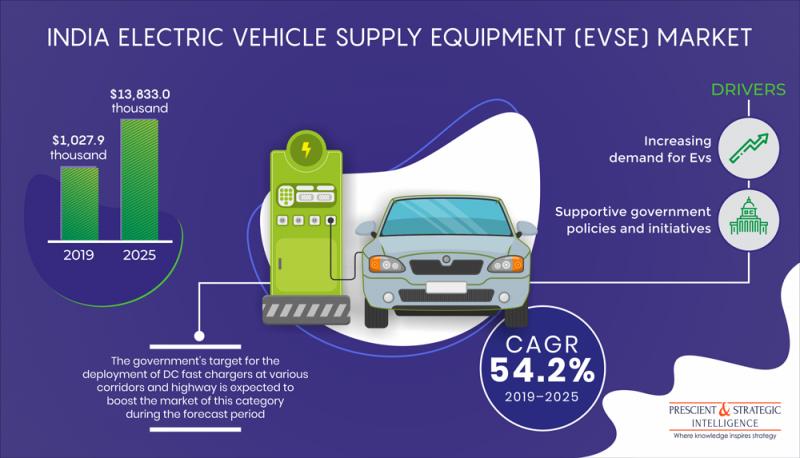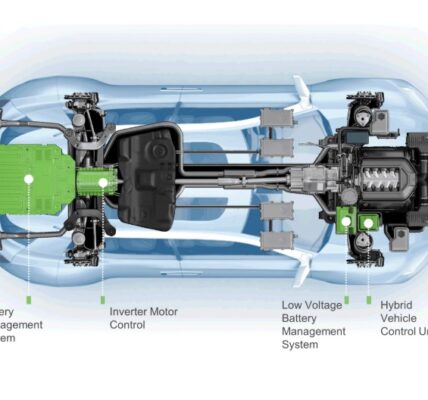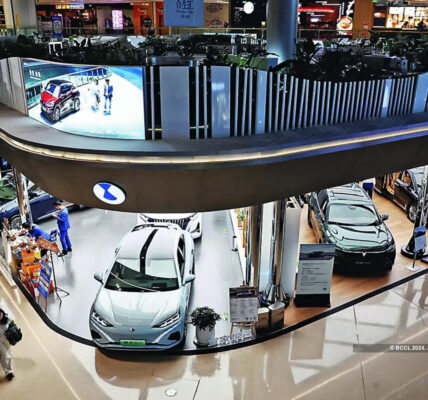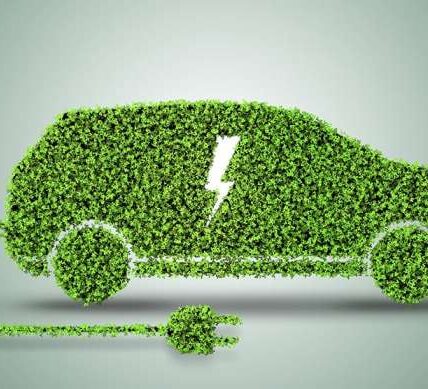Demand For Electric Vehicle Supply Equipment In India Growing Due To Surging Pollution
The need for increasing the adoption of electric vehicles in India is extremely high, since the country is among the most polluted countries across the world. Owing to the large population and rising disposable income, the number of vehicles on roads of the country has risen drastically over the past few years. This increased utilization of vehicles that run on petroleum or diesel is one of the primary causes of surging air pollution levels in India. It is due to all these factors that the government of the country is increasingly trying encourage people to opt for electric vehicles rather than traditional fuel-based vehicles.
Moreover, as people themselves are getting aware of the rapid global warming, the sales to electric vehicles in India has risen significantly. The total sale of electric vehicles rose by 32.0% from 2018–2019, increasing from 567,000 units to more than 760,000 units. This growing demand for electric vehicles is bound to create demand for supportive infrastructure that is needed for these vehicles, which is why, the demand for electric vehicle supply equipment (EVSE) in India is increasing rapidly as well. The increasing efforts of the government of the country is the major reason behind the growth of market.
These days, energy efficiency has become a common, household topic, and major companies are focusing on introducing as many energy efficient solutions as they can. This is true for the companies operating in the EVSE domain as well, where various players are investing in the development of charging stations that are powered by solar energy. India is planning on attaining a renewable energy generation capacity of 175 gigawatts (GW) by 2022, which would include 100 GW energy generated from solar energy. This is expected to open up opportunities for the companies in the EVSE domain.
The Indian EVSE market is predicted to reach a value of over $13,833.0 thousand by 2025, rising from $1,027.9 thousand in 2019, and is expected to exhibit a 54.2% CAGR during the forecast period (2019–2025). On the basis of type, the market is divided into alternating current (AC) and direct current (DC), between which, the AC division accounted for the larger share of the market during the historical period (2014–2019). This is because of the fact that these chargers have lower operational and installation costs, and it is much cheaper to charge cars at AC stations.
In terms of application, the Indian EVSE market is categorized into private and public, between which, the public category is predicted to advance at a faster pace in the years to come, as per a report by P&S Intelligence. This is because of the supportive government plans and provision of incentives for creating a fast-charging network in India. Geographically, Western India dominated the market in 2019, which is due to the increased support by governments of different states in this part of the country, primarily in Gujarat and Maharashtra.
Hence, the demand for EVSE in India is growing due to the increasing pollution levels and rising government support.
-Source: P&S Intelligence







